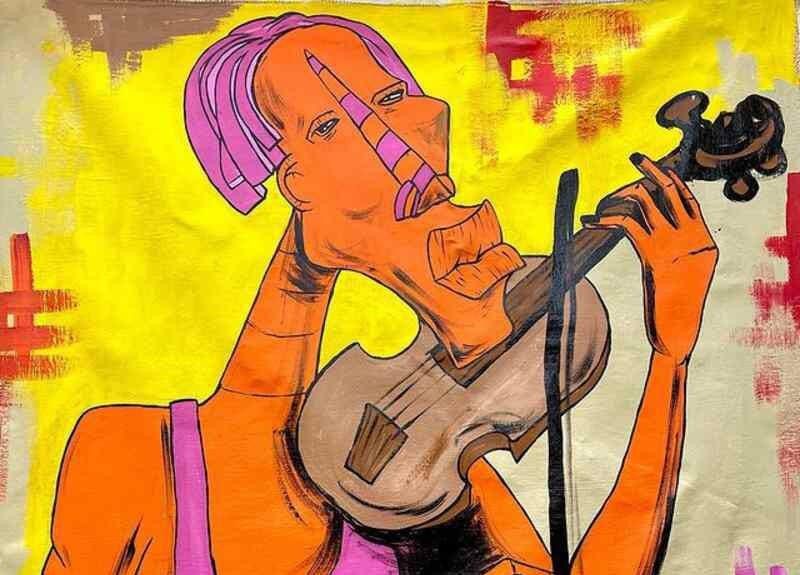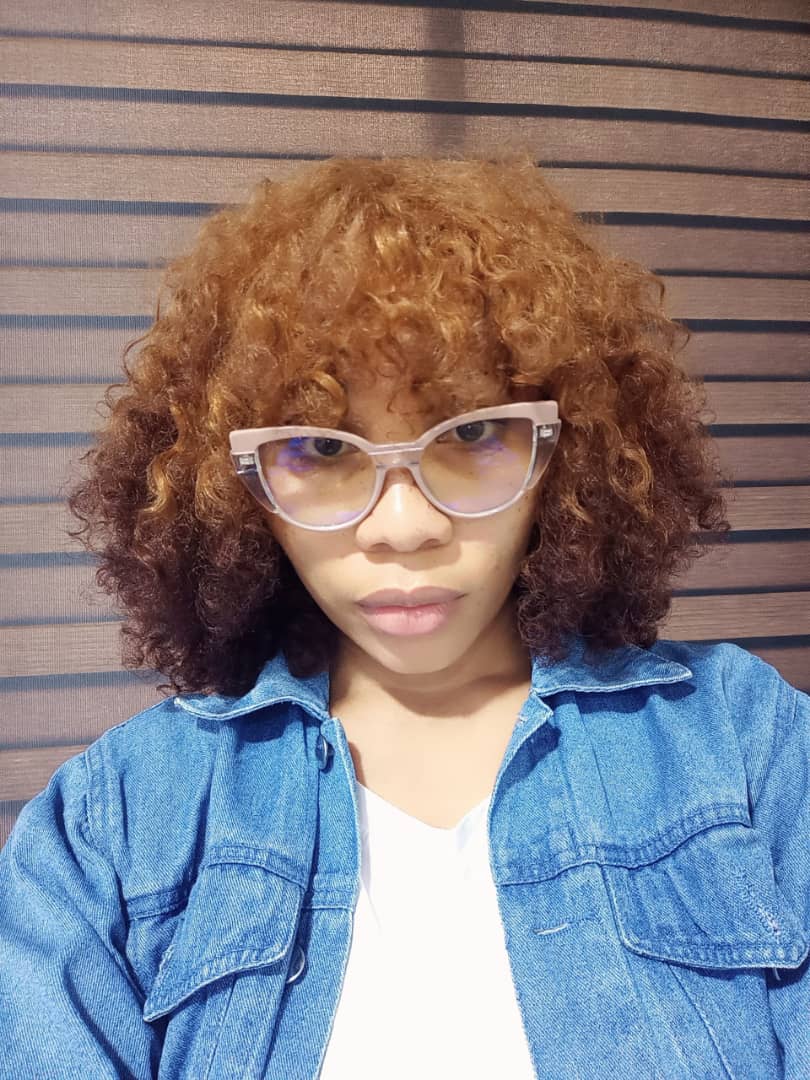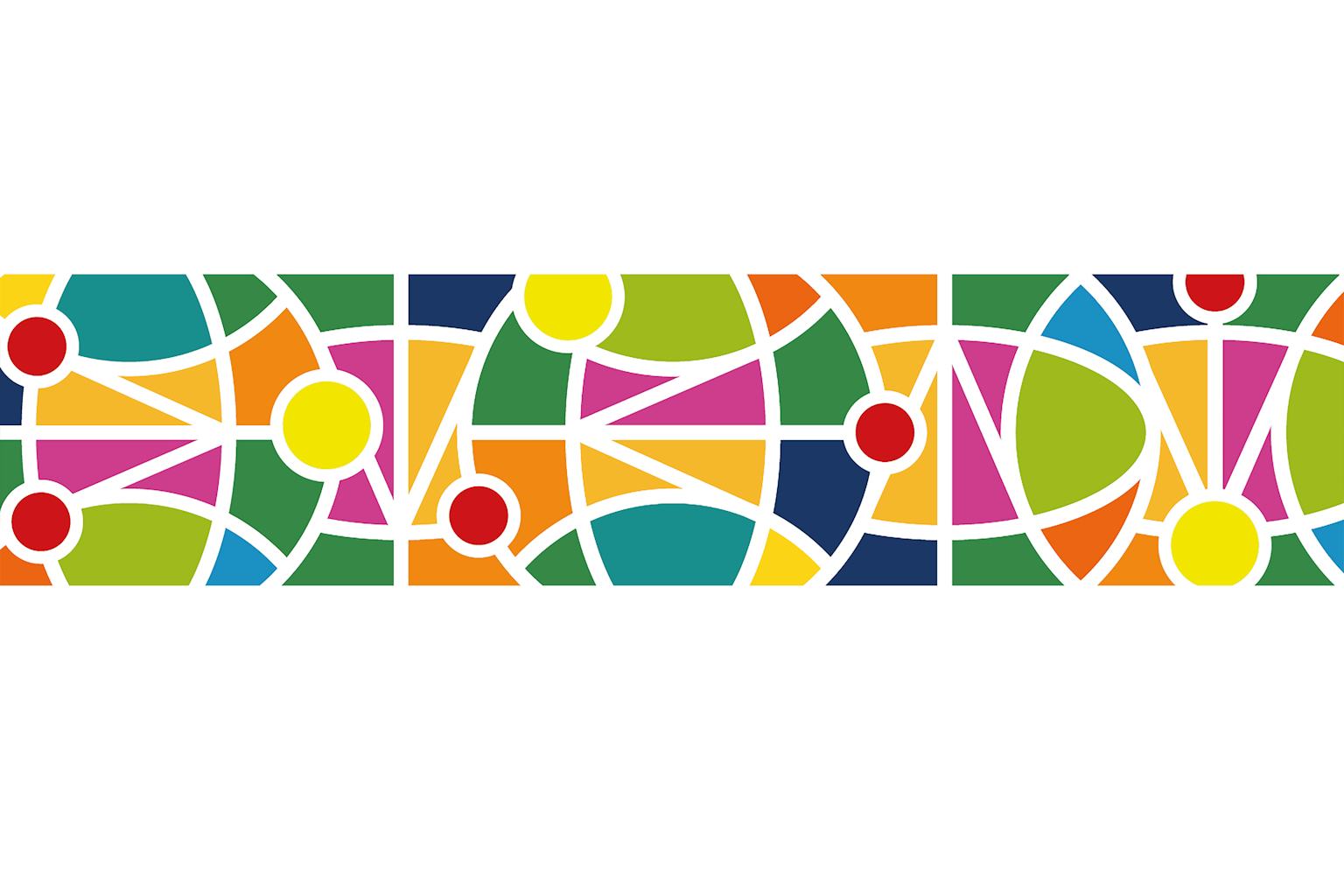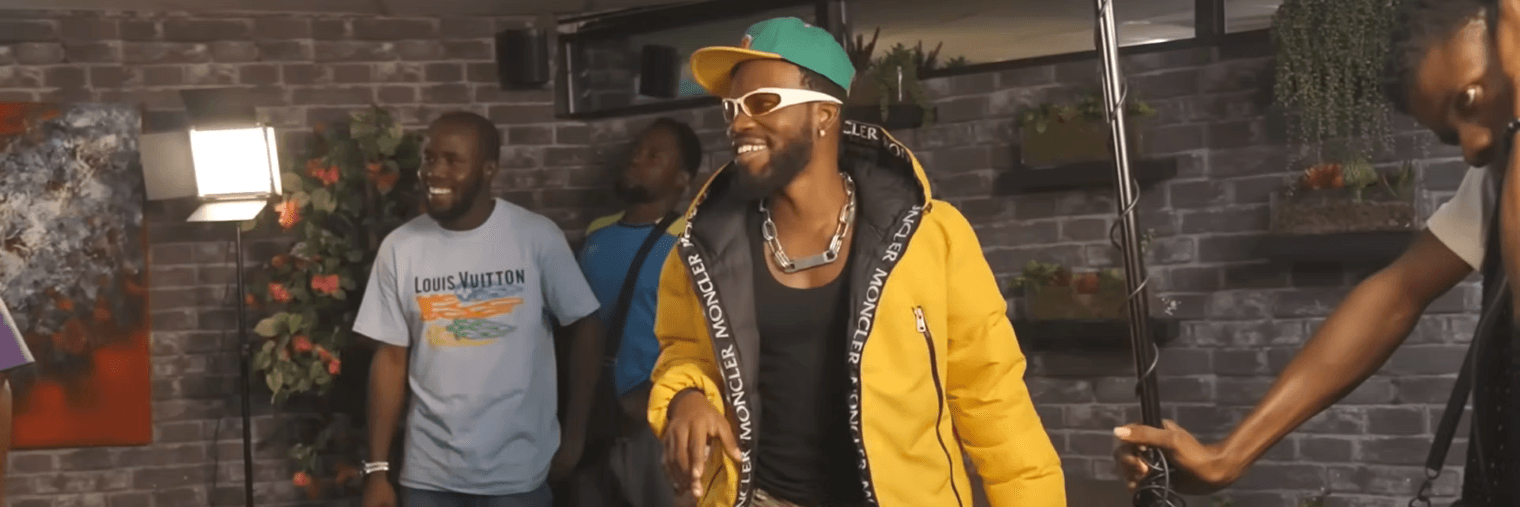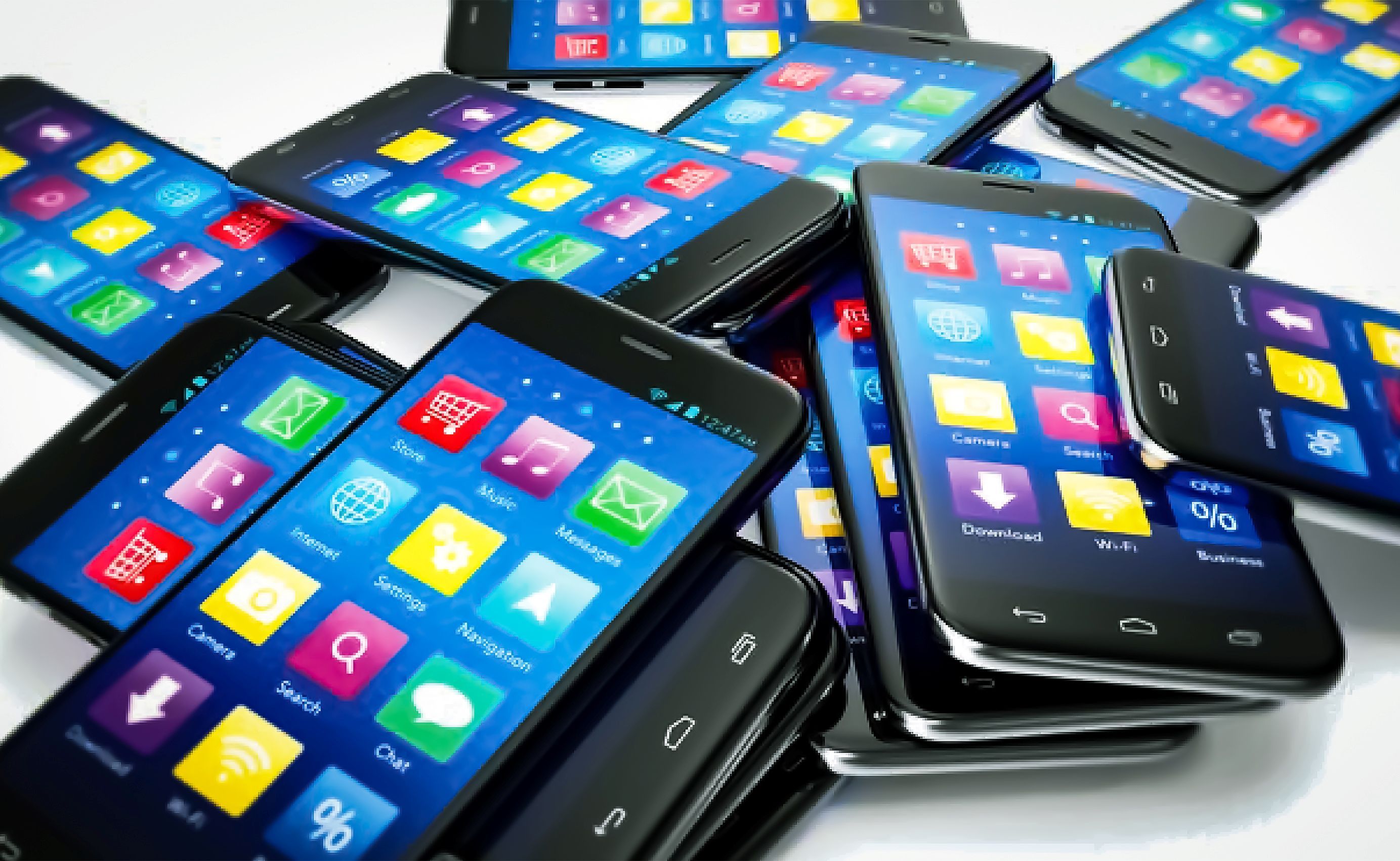
Being African, living in Africa, and engaging in discourse about the continent, spotlights the narratives that ought to be celebrated rather than suppressed across the globe. Within these profound realities, a significant part of the global population has gained a deep appreciation for the magnificence of African art; limitless and without boundaries, encompassing a varying range of artistic cultures and traditions, styles, forms, and activities that are at the heart of the continent's identity.
African art boasts a remarkable diversity thanks to the vast geographical expanse of the continent and its many distinct cultures. From West to East, Central, Southern and North Africa, each region contributes its own unique artistic expression. This underlines the significance of the phrase "Africa is Not a Country", which serves as a reminder of the continent's multiplicity rather than a mere statement of fact.
History has it that the roots of creative expression can be traced back to Africa. The discovery of engraved artefacts, ancient pigments, and shell beads dating back over 80,000 years in Africa provides concrete evidence of the continent's role as a cradle of early human creativity. However, the current integration of African artistic standards into the global arena has been a protracted one, spanning a considerable amount of time.
Why, you may ask? Well, the truth is that African art has frequently been subject to stereotypes and exoticisation, with a tendency to oversimplify it into a handful of traditional expressions like masks and sculptures. This narrow perspective has sparked ongoing discussions and disagreements about Contemporary African art. It is said that at one point, there was even a debate over whether contemporary art could truly thrive in Africa. Nevertheless, artists from the continent have persisted in their creative pursuits despite the challenges of invisibility and marginalisation.

While we appreciate the artistic legacies of figures such as Pablo Picasso and Henri Matisse, who drew inspiration from African sculptures and masks and whose African-influenced works still resonate worldwide, African artists, today, are actively exploring a wide array of themes and artistic mediums. These include digital art, performance art, music, literature, fashion and more, in styles and approaches that contribute to reshaping perceptions of African art on a global scale. This transformation has significantly bolstered Narrative Ownership for African artists. They now have the agency to share their own stories on a global platform, not only through their art but also through their clothing choices, language, and even their nomenclatures, thereby challenging the historical trend of non-Africans interpreting African art and culture in the wrong ways. By taking control of their narratives, these artists accurately represent their experiences, histories and visions to the entire globe.
For instance, Alanna Airitam, through her surreal photography, highlights the underrepresentation of black people in Western art history. She talks about the age-long tendency to portray dark-skinned people as domestic workers, slaves or barbarians in paintings and films. In her series titled "The Golden Age", Airitam invited African-Americans to adopt the style of classic Dutch portraiture, aiming to celebrate black identity and draw attention to the racial inequalities prevalent in art history.

Likewise, Ahmed Partey has made significant contributions to the digitisation of African art, drawing inspiration from West African artistic symbols such as ornaments, masks, figures, and patterns. He has solidified his position as one of Ghana's leading digital artists and proudly calls Ghana his home. Partey's mission is to revitalise the sacred significance of African traditional symbolism in the modern world through his work, which loudly reflects the values deeply rooted in African cultures. He often refers to this concept as "Afro-Ancestral Spiritualism". Notably, Partey's art has graced the Chale Wote Street Art Festival in Accra, one of Ghana's largest public events.
Examining the sustainable spaces created by artists from different corners of Africa, we witness a dynamic engagement with the complexities of race and gender within the context of global cultural representation. Thus, African art emerges as a powerful challenger to notions of racial essentialism and entrenched artistic norms, reshaping public understanding and defying longstanding conventions which resultantly, makes it easy to perceive its diversity from a global standpoint.
The African art trend has also shifted from male dominance in the artistic scene to a more inclusive representation of women, although still notably imbalanced. Music is a prime example, as African female singers are now boldly breaking barriers and redefining the concept of African identity on a global scale. Artists such as Tems, Tiwa Savage, Ayra Starr, Kamo Mphela, Zoë Modiga, Andy Mkosi, Yemi Alade, and others are particularly instrumental in fueling our appreciation of African music across the world. This recognition, however, wouldn’t go as far without paying homage to icons like Angelique Kidjo and Miriam Makeba who were among those who pioneered African female representation on the global music stage.
Through this renaissance, collaborations between African artists and artists from both within Africa and other parts of the world have heightened. This cross-cultural exchange challenges the notion of a singular "African art style" and instead gives rise to new, hybrid forms that reflect the interconnectedness of the modern world. Tems' rapid rise to international musical prominence can be attributed to her role as a collaborating songwriter on Rihanna's track, "Lift Me Up," featured in the Black Panther movie. Laolu Senbanjo, a Nigerian artist, has received extensive recognition for his elaborate body art creations, referred to as "The Sacred Art of the Ori." Senbanjo's artistry was featured in Beyoncé's "Lemonade" visual album and has also found collaborations with renowned global brands such as Nike.

Excitingly too, Nigerian singer Mr Eazi recently announced a collaboration with 13 artists from various African countries for his upcoming studio album. Artists from countries like Benin, Cameroon, Nigeria, Mozambique, Kenya, South Africa, Senegal, and Togo have contributed visually stunning pieces that resonate with the album's themes of love, betrayal, loneliness, and family. The album blends Afrobeat, Afropop, gospel, hiplife, highlife, and folklore, creating a fresh blend of pan-Africanism.
The evolution of African Arts is marked by continuous innovation and creativity, drawing global attention and promoting cultural tourism and exchange. This dynamic revitalisation challenges the simplistic, one-dimensional view often held by tourists, encouraging a deeper engagement with Africa's cultural realities. Beyond that, transformational initiatives are being introduced in reshaping educational institutions on a global scale, necessitating updates to curricula to provide a more comprehensive grasp of African art and culture. This educational shift counteracts the perpetuation of narrow and skewed perspectives about Africa and its art.
Simultaneously, digital platforms are being consistently harnessed to showcase African art to a global audience. Through social media, online galleries, and virtual exhibitions, geographical barriers literally dissolve, enabling individuals from around the world to engage with and appreciate African art. The lightning-fast digital advancement and the soaring prominence of social media create quite a unique balance between African artistry and advocacy. African artists and activists now find themselves equipped with unparalleled tools to magnify their voices and catalyse meaningful transformations both within the continent and on a global scale. In this given scenario, the renaissance of African art not only challenges global perceptions but also enriches the global artistic panorama with diversity and inclusivity, offering a dynamic perspective on Africa's invaluable contributions to art, culture, and the broader human experience.
Today, thanks to the increased accessibility for distributing and showcasing African art worldwide, there is a revival of the resilient artistic tradition on the continent. Artists are actively engaged in advocating for various causes and addressing contemporary issues such as poverty, migration, climate change, and social inequality. This democratisation has opened up fresh prospects for emerging talents and enabled the widespread global exposure of African art, providing new channels for communication, mobilisation, and advocacy.
In reshaping global aesthetics as it is, the African art scene consistently engages with new styles, techniques, and concepts, along with a growing shift towards digitisation, to naturally disrupt the long-standing Eurocentric standards that have held sway in the art world for centuries, leading to the growth of the arts and cultural sector in Africa, which holds tremendous promise as a significant driver of creative and economic development across the continent.

